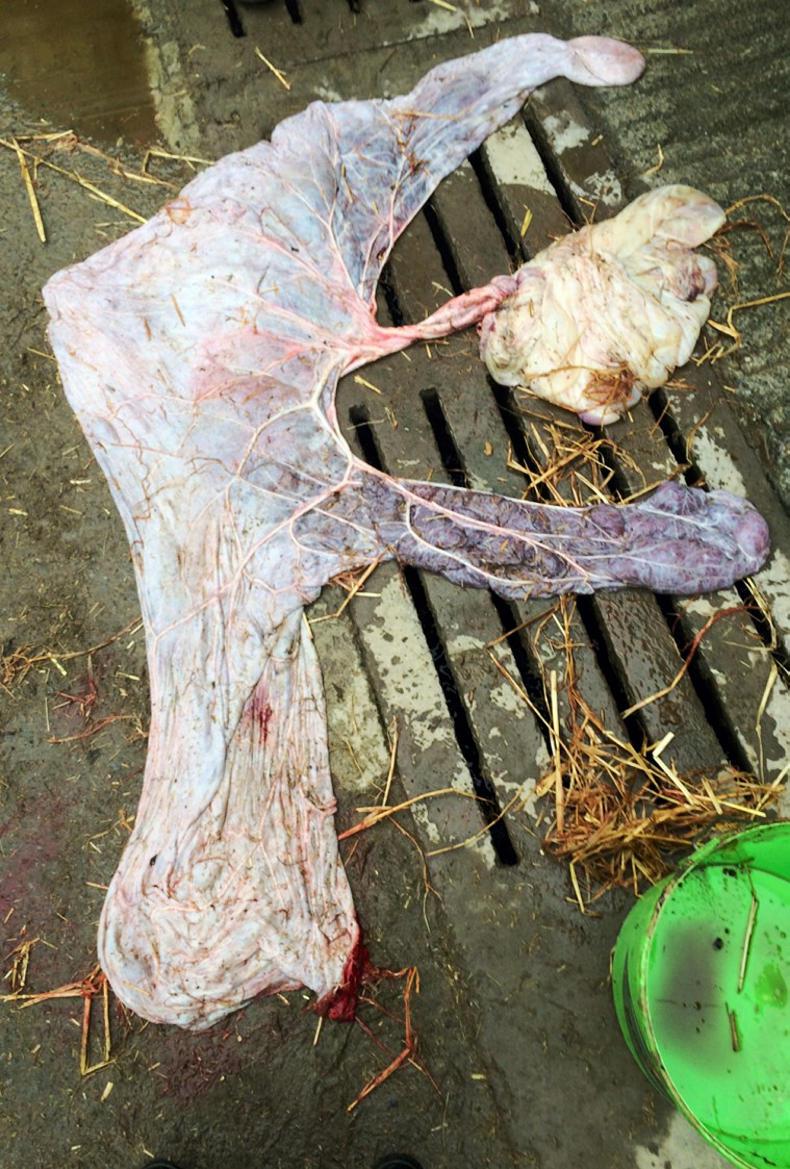When is a placenta classified as retained?
The placenta must be passed within three hours of foaling. If the mare has not passed the placenta after three hours, this is classified as retained and it is recommended that you obtain veterinary advice.
Your equine placenta examination checklist:
This does not take the place of a new foal check. A vet should still come out and check the foal within the first 36 hours.




 This is a subscriber-only article
This is a subscriber-only article
 It looks like you're browsing in private mode
It looks like you're browsing in private mode










SHARING OPTIONS: